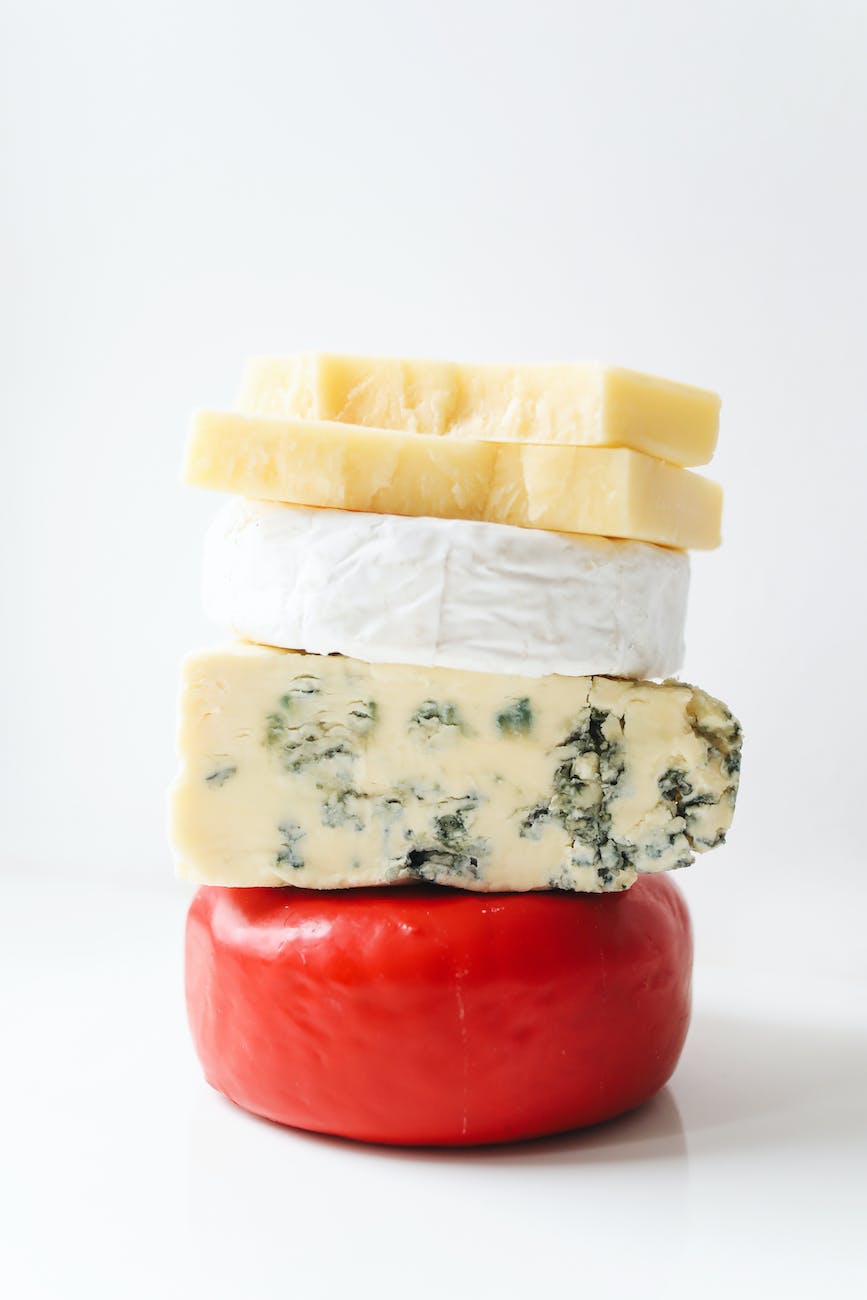
When it comes to enhancing the flavor of various dishes, few cheeses can compare to the beloved Parmesan. Its nutty, savory, and slightly salty taste adds a delightful touch to pasta, salads, soups, and more. In this comprehensive guide, we’ll delve into the world of Parmesan cheese, compare it with similar varieties, and answer common queries to help you master the art of using this delicious cheese in your culinary creations.
Parmesan Cheese vs. Parmigiano Reggiano: Unraveling the Distinction
Parmesan Cheese: Parmesan cheese is a generic term used to describe the hard, granular cheese that originated in Italy. It is typically made from cow’s milk and aged for several months, which contributes to its distinctive flavor and crumbly texture. However, it’s essential to note that not all cheeses labeled as “Parmesan” are authentic Parmigiano Reggiano.
Parmigiano Reggiano: Parmigiano Reggiano is the king of Parmesan cheeses, revered for its unparalleled quality and taste. It is produced exclusively in specific regions of Italy, following strict regulations to ensure authenticity. This cheese boasts a rich, complex flavor, making it a prized ingredient in Italian cuisine.
Cheese Similar to Parmesan: Exploring Alternatives
While Parmesan and Parmigiano Reggiano are unrivaled in their own right, some cheeses share similarities and can be used as alternatives in various dishes. Here are a few noteworthy options:
- Grana Padano: Grana Padano is a close cousin of Parmigiano Reggiano, sharing similar aging processes and flavor profiles. It is slightly milder and less expensive, making it an excellent substitute for Parmesan in many recipes.
- Pecorino Romano: Made from sheep’s milk, Pecorino Romano offers a sharp and tangy taste, ideal for grating over pasta and salads. While not the same as Parmesan, it can be a delightful alternative.
- Asiago: Another Italian cheese with a nutty and tangy flavor, Asiago is a versatile cheese that can be grated or used in chunks. It comes in two varieties: fresh (Asiago Pressato) and aged (Asiago d’Allevo).
- Grated Pecorino: For those looking for a bolder taste, grated Pecorino cheese is an excellent alternative to Parmesan. Its distinct flavor adds a unique twist to dishes.
- Manchego: Originating from Spain, Manchego is a sheep’s milk cheese with a rich, nutty flavor. While it may not be a traditional substitute for Parmesan, it can be a delicious choice for certain recipes.
Parmesan Cheese Pairings and Recipe Inspiration
Parmesan’s versatile nature allows it to complement a wide range of dishes. Here are some classic pairings and recipe ideas to elevate your culinary endeavors:
- Classic Pairings: Pasta dishes like spaghetti carbonara, risottos, and Caesar salads all benefit from a generous sprinkling of freshly grated Parmesan.
- Roasted Vegetables: Try roasting vegetables like Brussels sprouts or asparagus with olive oil and grated Parmesan for a delectable side dish.
- Homemade Pesto: Blend fresh basil, pine nuts, garlic, olive oil, and Parmesan to create a delightful pesto sauce for pasta or as a condiment.
- Parmesan Crisps: Bake Parmesan cheese in the oven until crispy and use them as a crunchy garnish for soups and salads.
FAQs About Parmesan Cheese and Its Varieties
Q1: Is there a difference between Parmesan and Parmigiano Reggiano? A: Yes, Parmesan is a generic term for hard, granular cheese, while Parmigiano Reggiano is a specific high-quality variety made in Italy.
Q2: Can I use Grana Padano as a substitute for Parmesan? A: Absolutely! Grana Padano is an excellent alternative to Parmesan due to its similar taste and texture.
Q3: What is the difference between Pecorino Romano and Parmesan? A: Pecorino Romano is made from sheep’s milk and has a sharper taste compared to cow’s milk-based Parmesan.
Q4: What are some classic dishes that benefit from Parmesan cheese? A: Pasta dishes, salads, risottos, and roasted vegetables are just a few examples of dishes that pair well with Parmesan cheese.
In conclusion, Parmesan cheese and its authentic counterpart, Parmigiano Reggiano, are cherished ingredients that can elevate the flavors of various dishes. While both are exceptional, you can also explore other similar cheeses to suit your palate and culinary needs. Whether you’re grating it over pasta or using it to create savory crisps, Parmesan cheese is a culinary delight that never disappoints. Happy cooking!










[…] ideas: browse the concise guide to Parmesan and its varieties for context and quick comparisons (MasalaMonk primer) and, for a side-by-side, this deeper Parmesan vs. Parmigiano Reggiano piece breaks down labeling, […]
[…] you enjoy going down cheese rabbit holes, MasalaMonk has a detailed guide to Parmesan cheese and its varieties as well as a helpful comparison of Parmesan and Parmigiano Reggiano with other hard cheeses. Those […]